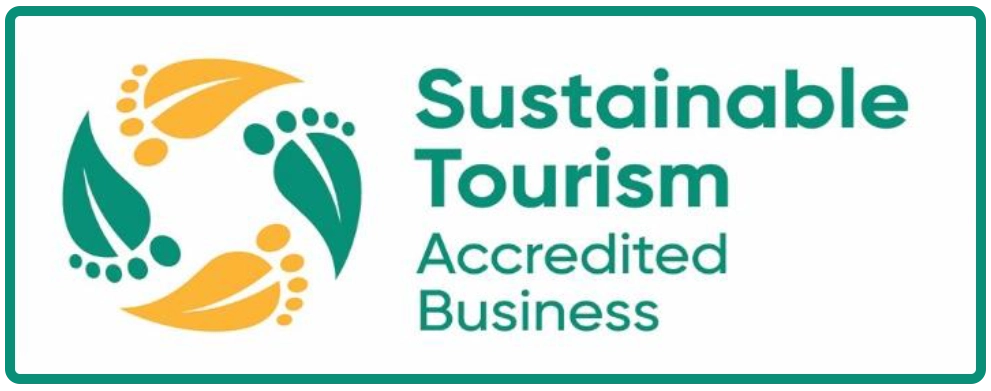Nudibranchs Whitsundays



Nudibranchs are the most colourful creatures on earth and as such, quickly became a favourite of the underwater world. They are hard to find but the satisfaction is great! The nudibranchs amazing colours, which are different in every one of the 3000 plus species, indicate poisonous nature, but also make for stunning and beautiful patterns. While they don't make their own poison, they instead gather toxins from the corals that they feed on. If you are to look for nudibranchs they are often found on the soft corals from which they feed.
Nudibranchs are a type of invertebrate and only live about one year in the wild. In this time they can grow up to 1.5kgs and measure up to 30m long. Often time, their anatomy may resemble the texture and colour of the surrounding plants, allowing them to camouflage easily into their environment. Others, as seen especially well on chromodorids, have an intense and bright colouring which warns that they are distasteful or poisonous. This works to deter predators from attacking or eating them.
A nudibranch is a member of the marine gastropod family - a group of soft-bodied, shell-less mollusks, which are noted for their often extraordinary colours and striking forms. The word nudibranch comes from the Latin nudus which means naked, and the Greek brankhia, which means gills. Nudibranchs are often casually called sea slugs, a non-scientific term which has led some people to assume that they are in the same family when in fact, nudibranchs are not a type of sea slug at all.
The nudibranchs posses both male and female organs. When mating, they fertilize each other and both will lay a round pattern of eggs that you can sometime spot on the reef. See these rings of eggs is a good indication that there is a nudibranch around, so keep an eye out on surrounding corals where they might be eating.
Nudibranchs are carnivorous. Some feed on sponges, others on hydroids, others on bryozoans, and some are cannibals, eating other sea slugs, or, on some occasions, members of their own species. There is also a group that feeds on and barnacles. They even sometimes feed on anemones.












